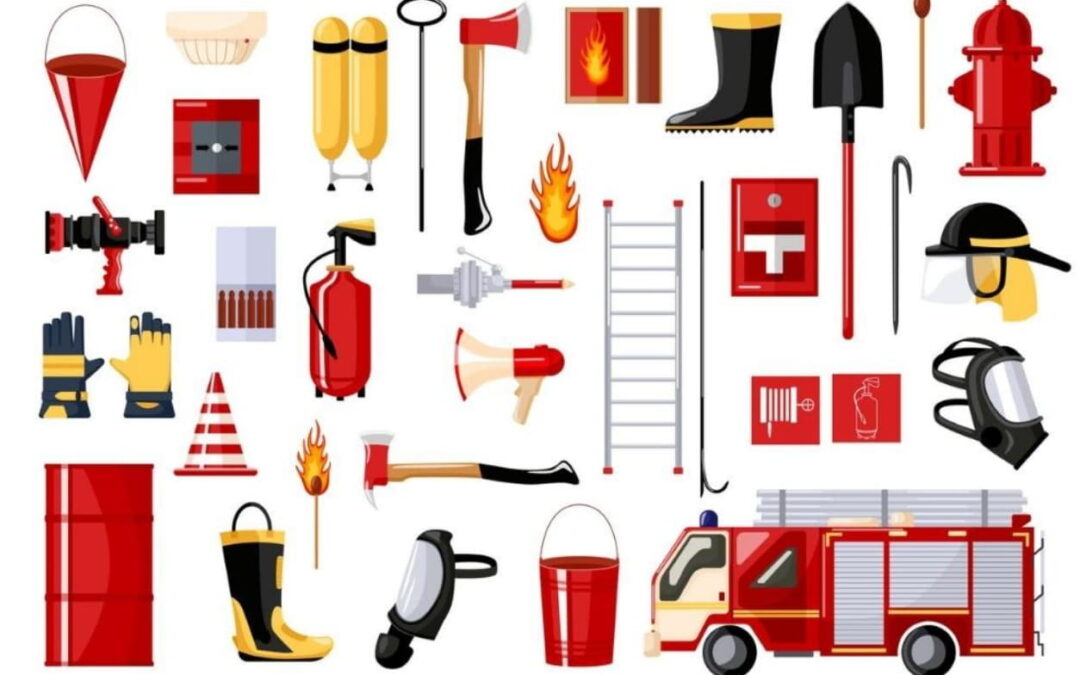Welcome to a crucial discussion on workplace safety – a topic that should always be at the forefront of our minds. In any work environment, the possibility of a fire breaking out is a real concern.
Ensuring the safety of your workplace and its occupants is not just a legal requirement; it’s a moral responsibility. In this guide, we will explore the key components and practices associated with fire protection equipment, so Let’s delve into the world of safeguarding your workplace against the unpredictable nature of fires.
Foundation of Workplace Safety
Understanding Fire Risks
To comprehend the importance of fire protection equipment, it’s essential to acknowledge the prevalent risks. Workplace fires can stem from various sources, including faulty wiring, equipment malfunctions, or human error.
The National Fire Protection Association (NFPA) reports that thousands of workplace fires occur annually, underscoring the critical need for proactive prevention measures.
Key Components of Fire Safety Equipment
Fire Extinguishers: Your First Line of Defense
One of the most vital components of fire protection is the trusty fire extinguisher. These devices come in various types, each designed to combat specific classes of fires.
From Class A (wood and paper) to Class K (kitchen fires), understanding the distinctions is crucial. Proper placement of extinguishers is equally important; they should be easily accessible and strategically positioned throughout the workplace.
Sprinkler Systems and Their Functionality
Imagine a system that can instantly respond to a fire outbreak, minimizing damage and risk. Sprinkler systems are designed to do just that. These automated systems activate when the temperature reaches a certain threshold, releasing water to control or extinguish the flames.
Regular maintenance checks are essential to ensure their seamless functionality when needed.
Emergency Exit Routes and Fire Doors
In the chaos of a fire, clear exit routes and functional fire doors can be lifesavers. Employees should be familiar with the designated escape paths, and these routes should remain unobstructed at all times.
Fire doors, designed to resist fire and smoke, play a crucial role in slowing down the spread of flames, allowing occupants valuable time to evacuate.
Workplace Fire Drills and Training
Importance of Regular Fire Drills
In the event of a fire, panic can set in quickly. Regular fire drills are essential to familiarize employees with emergency procedures, ensuring a calm and organized evacuation.
Use these drills to identify potential bottlenecks or confusion points, refining the escape plan for optimal efficiency.
Employee Training on Fire Safety
Education is the key to effective fire safety. Ensure that your employees are well-versed in the proper use of fire protection equipment.
Training programs should cover the basics of fire extinguisher operation, understanding alarm systems, and the importance of quick, orderly evacuations. Knowledgeable employees are your first line of defense in an emergency.
Compliance with Fire Safety Regulations
Understanding OSHA Guidelines
The Occupational Safety and Health Administration (OSHA) sets stringent guidelines for workplace safety, including those related to fire safety.
Compliance with these regulations is not just a legal requirement; it’s a commitment to the well-being of everyone in the workplace. Familiarize yourself with OSHA guidelines specific to your industry, ensuring that your fire safety measures align with these standards.
Conclusion
As we conclude this comprehensive guide to fire safety equipment, the overarching theme is clear – prioritizing workplace safety is a non-negotiable responsibility.
By understanding the risks, investing in quality equipment, and ensuring that your employees are well-prepared, you’re not just meeting legal obligations; you’re creating a secure environment for everyone.
Let’s champion the cause of workplace safety, making our professional spaces resilient against the unpredictable nature of fires. Stay safe, stay informed, and safeguard your workplace with vigilance and care.
